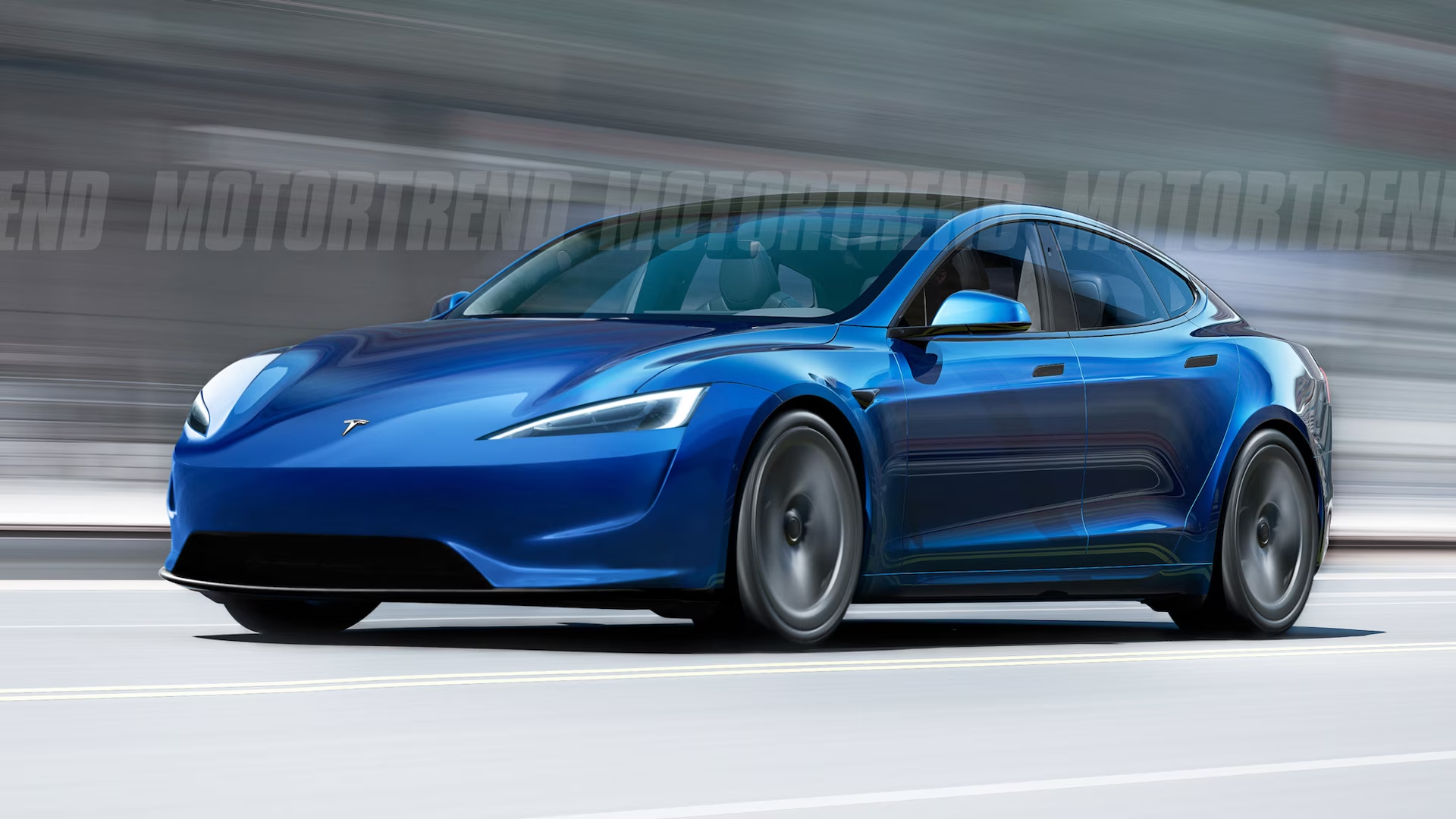Over the past decade, motorsports has witnessed a significant shift as the world begins to embrace electric mobility. Formula E, the all-electric racing series, has emerged as one of the most exciting innovations in the racing world, challenging traditional petrol-powered motorsports and pushing the boundaries of what electric vehicles (EVs) can do. But as Formula E grows in popularity and technical advancements, the question on everyone’s mind is: Is Formula E the future of motorsports?
In this blog post, we’ll explore the rise of Formula E, its unique characteristics, and whether it truly represents the future of motorsports.
The Birth and Evolution of Formula E
Launched in 2014, Formula E was the first global motorsport championship to feature fully electric racing cars. The series was conceived with the goal of promoting sustainability, innovation, and electric vehicle technology. Initially, Formula E was seen as a niche alternative to traditional motorsport, but over the years, it has gained serious momentum.
In just over a decade, Formula E has evolved dramatically. What started as a relatively modest series with lower performance vehicles and shorter race distances has grown into a highly competitive championship, featuring cutting-edge technology, leading manufacturers, and world-class drivers. The series now includes a robust lineup of teams backed by automotive giants like Audi, Porsche, Nissan, Jaguar, and Mercedes-Benz, all competing to prove their prowess in electric racing.
What Makes Formula E Different?
While Formula 1 may still reign as the most prestigious motorsport series, Formula E has carved out its own identity, offering a fresh take on the racing experience. Here are some key elements that set it apart:
1. Sustainability at its Core
Formula E’s mission revolves around sustainability. The races take place in city centers around the world, reducing the need for permanent tracks and bringing racing to the heart of urban environments. Moreover, the championship works hard to minimize its environmental impact, using renewable energy sources and promoting the development of greener technologies.
2. Electric-Powered Speed
Formula E cars are fully electric, with impressive acceleration and top speeds approaching 280 km/h (174 mph). While these figures may not match the sheer speed of Formula 1, the focus in Formula E is on efficiency, energy management, and strategy. Drivers must balance speed with energy conservation, making race tactics just as crucial as driving skill.
3. Unique Race Formats
One of the most distinctive features of Formula E is its race format. Races, known as “ePrix,” are typically held on tight, twisty circuits in major city centers such as New York, London, and Berlin. The shorter tracks lead to intense, close-quarters racing with lots of overtaking. Additionally, there are innovative elements like the Attack Mode, where drivers can briefly access extra power, and FanBoost, which allows fans to vote for their favorite drivers to gain a power advantage during the race.
4. Focus on Innovation
Formula E is a testing ground for new technologies that could shape the future of the automotive industry. Battery technology, electric drivetrain advancements, and energy recovery systems are constantly being developed and refined in the championship. Many of the technologies trialed in Formula E are already making their way into road cars, making the series highly relevant to the future of consumer vehicles.
Formula E’s Growing Popularity
Formula E has steadily gained popularity, drawing attention from both traditional motorsports fans and a new generation of environmentally conscious spectators. The series has also attracted major sponsors and manufacturers, recognizing the importance of aligning with a sport that promotes green energy and sustainability.
The Gen3 cars, which were introduced in the 2023 season, represent a significant leap forward for the championship. These cars are faster, lighter, and more efficient than their predecessors, boasting a higher top speed and advanced regenerative braking systems. With each passing season, the technology and competitiveness of the championship continue to improve, attracting a more mainstream following.
Challenges Facing Formula E
Despite its rapid rise, Formula E still faces several challenges:
1. Fan Engagement
While Formula E has garnered a dedicated fanbase, it still struggles to compete with the massive following of Formula 1 and other established motorsports. The shorter race distances and limited top speeds can be seen as less thrilling to traditional racing fans, though Formula E compensates with close racing and tactical depth.
2. Electric Range and Performance
While electric racing cars have come a long way, they still have limitations compared to their combustion-engine counterparts. Battery capacity and energy management remain critical factors, and longer races with higher sustained speeds are currently not feasible without advancements in battery technology. However, this is also an opportunity for future growth and innovation.
3. Competition from Other Electric Series
With the success of Formula E, other electric racing series have begun to emerge, such as the Extreme E off-road series and the development of electric touring car championships. As more electric series enter the motorsports world, Formula E will need to continue innovating to stay ahead of the competition.
Is Formula E the Future of Motorsports?
As the world moves toward a more sustainable future, it’s hard to ignore the potential of Formula E. The series not only provides thrilling racing but also plays a vital role in accelerating the development of electric vehicle technology. In many ways, Formula E embodies the future of both motorsports and the automotive industry at large, pushing for sustainability, efficiency, and innovation.
That said, Formula 1 and other traditional motorsports are unlikely to fade away anytime soon. Instead, it’s more likely that electric racing will coexist with other forms of motorsports, offering fans a diverse range of racing experiences. Formula E is just the beginning of a larger movement toward greener motorsports, and as battery technology and electric vehicles continue to improve, we may see even more electric series emerge.
Final Thoughts
The rise of Formula E marks an exciting chapter in the evolution of motorsports. It’s clear that electric racing is here to stay, and with the continued development of technology, Formula E has the potential to become one of the premier racing series in the world. Whether you’re a fan of the intense city-center races, the cutting-edge technology, or the environmental benefits, Formula E offers something new and innovative in the motorsports landscape.
As we look toward the future, it’s worth asking: Is Formula E just the start of an electric motorsports revolution?
Stay tuned to see how this electric era unfolds!









